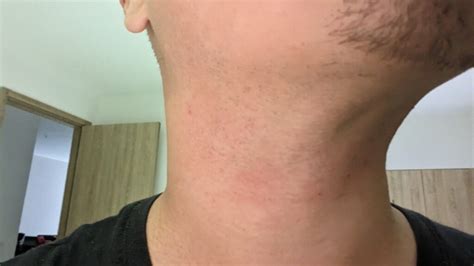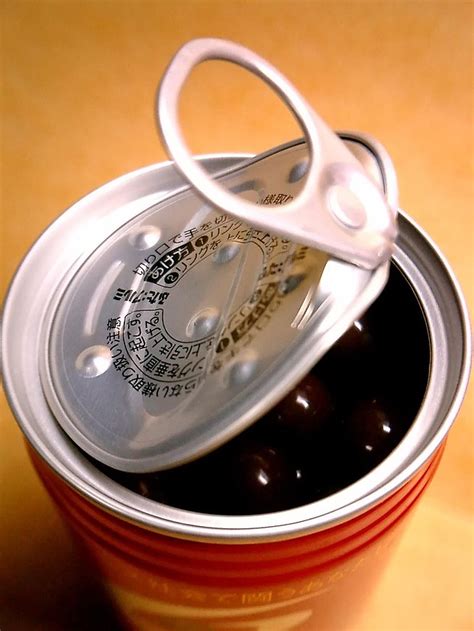How to prevent razor burn for a consistently sharp, irritation-free look?

Understanding Razor Burn: What It Is and Why It Happens
Razor burn, characterized by redness, stinging, and bumps, is an all-too-common aftermath of shaving. It occurs when hair follicles become irritated, often due to improper shaving techniques, a dull blade, or a lack of skin preparation. The good news is that with a few adjustments to your grooming routine, you can significantly reduce, if not eliminate, this frustrating skin condition and maintain a consistently sharp, irritation-free look.

Step 1: Meticulous Pre-Shave Preparation
The foundation of a good shave begins long before the blade touches your skin. Proper preparation softens your hair, opens up pores, and creates a protective barrier, allowing for a smoother glide and less tugging.
- Cleanse Your Skin: Start by washing your face with warm water and a gentle cleanser. This removes dirt, oil, and dead skin cells, preventing them from clogging your razor and potentially causing irritation.
- Exfoliate (Occasionally): Once or twice a week, gently exfoliate your skin. This helps to lift ingrown hairs and remove dead skin, ensuring a clearer path for your razor. Avoid over-exfoliating, as this can lead to sensitivity.
- Hydrate and Soften: Apply a pre-shave oil or soak your face with a warm, damp towel for a few minutes. This softens the hair, making it easier to cut and reducing the resistance on your blade.
Step 2: The Art of Shaving Technique
Your shaving method plays a critical role in preventing razor burn. Mindful technique ensures you get a close shave without compromising your skin’s integrity.
Choose the Right Tools:
- Sharp Blade: This is non-negotiable. A dull blade tugs at hair, causing irritation. Change your razor blade every 5-7 shaves or at the first sign of discomfort.
- Quality Shave Cream/Gel: Opt for a rich, lubricating shave cream or gel that creates a thick lather. This provides a cushion between your skin and the blade, minimizing friction.
Execute with Precision:
- Shave with the Grain: Always shave in the direction your hair grows. While shaving against the grain might feel like a closer shave, it significantly increases the risk of razor burn and ingrown hairs. For a closer second pass, you can shave across the grain, but never directly against it if you’re prone to irritation.
- Light Pressure: Let the razor do the work. Pressing too hard can cause nicks, cuts, and irritation. A sharp blade requires minimal pressure.
- Short, Gentle Strokes: Use short, controlled strokes. Rinse your blade frequently under warm water to clear away hair and shaving cream buildup.

Step 3: Essential Post-Shave Care
The steps you take immediately after shaving are just as important as the preparation. They help soothe the skin, close pores, and prevent irritation.
- Rinse with Cold Water: After you’ve finished shaving, rinse your face thoroughly with cold water. This helps to close pores and calm the skin.
- Pat, Don’t Rub: Gently pat your face dry with a clean, soft towel. Rubbing can irritate newly shaved skin.
- Apply Aftershave Balm: Skip alcohol-based aftershaves, which can dry out and sting your skin. Instead, opt for a soothing, hydrating aftershave balm or moisturizer containing ingredients like aloe vera, witch hazel, or chamomile to calm irritation and provide moisture.

Step 4: Maintain Your Skin and Tools
Consistency in your routine and proper tool maintenance will ensure long-term freedom from razor burn.
- Store Blades Properly: After use, rinse your blade thoroughly and allow it to air dry. Store it in a dry place to prevent rust and bacterial growth, which can contribute to irritation.
- Hydrate Daily: Keep your skin hydrated daily, even on non-shaving days, with a good moisturizer. Well-hydrated skin is less prone to irritation.
- Consider Your Shaving Frequency: If you’re highly prone to razor burn, try shaving every other day or less frequently to give your skin a chance to recover.

Embrace an Irritation-Free Shave
Preventing razor burn is a journey that involves understanding your skin, using the right tools, and adopting meticulous techniques and aftercare. By integrating these steps into your grooming routine, you’ll not only banish redness and bumps but also enjoy a consistently sharp, smooth, and irritation-free look. Your skin will thank you, and you’ll step out with confidence every day.










